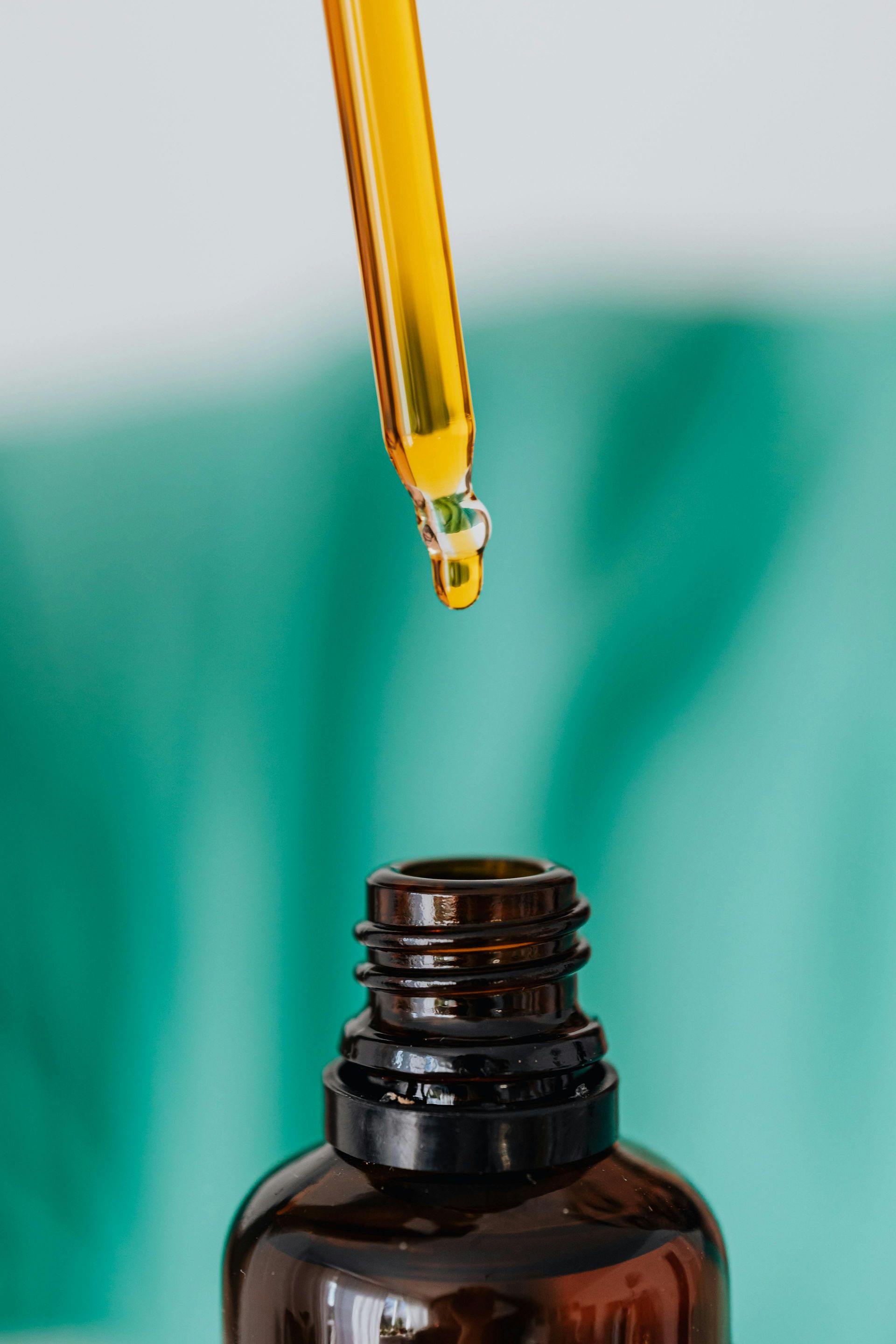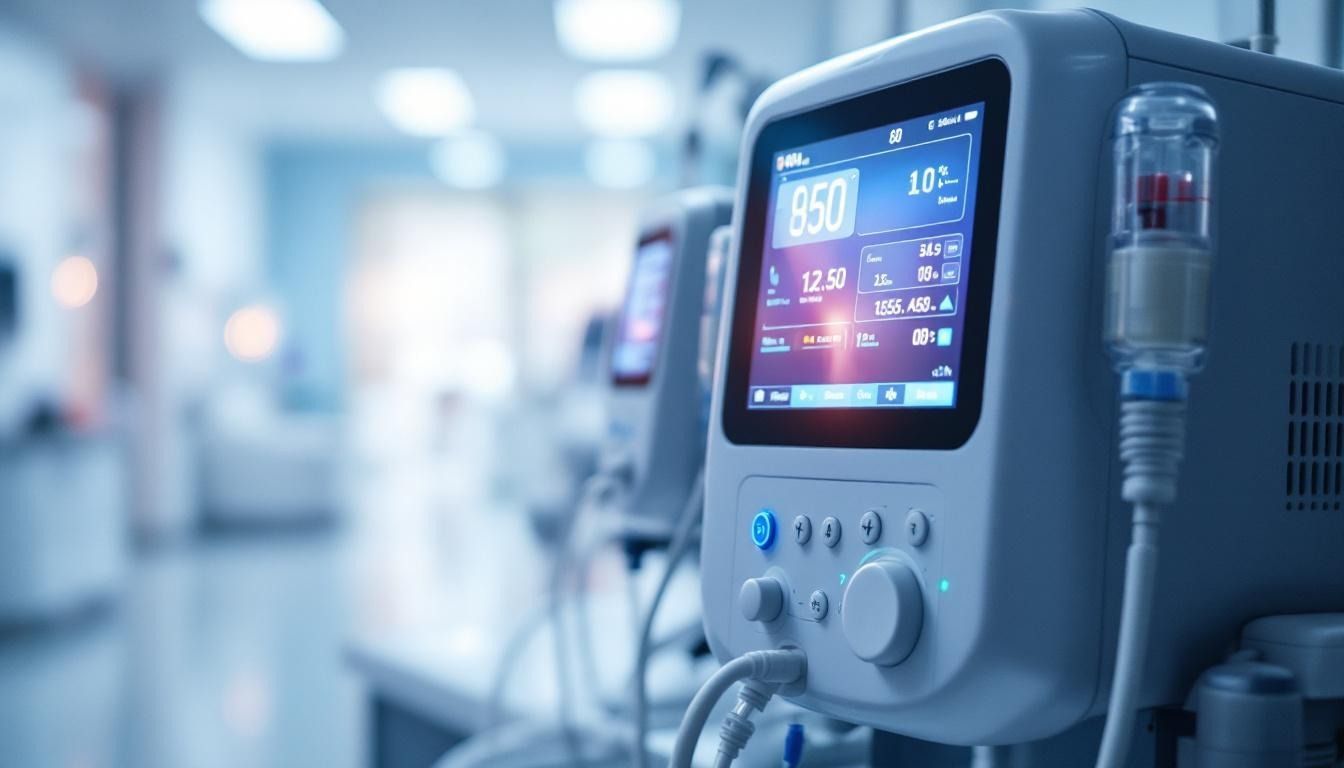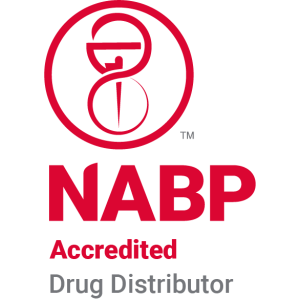How do dialysis infusion pumps work?
Understanding the Critical Role of Infusion Technologies in Dialysis
Dialysis infusion pumps are integral to modern renal replacement therapies, ensuring precise administration of fluids, medications, and anticoagulants during dialysis sessions. To comprehend how these devices work, it is essential to explore their mechanisms, types, safety features, and their vital partnership with artificial kidney machines in maintaining patient health.
Fundamentals of Dialysis and Sterile Fluid Management

How does the dialysis process work and remove waste?
Dialysis is a medical procedure used to replace some functions of the kidneys, mainly removing waste products, excess fluids, and balancing electrolytes in the blood. During hemodialysis, blood is drawn from the patient and circulated through a dialyzer, which acts like an artificial kidney. Inside the dialyzer, blood flows side-by-side with a special filtering fluid called dialysate, separated by a semi-permeable membrane.
The process relies on diffusion, where small waste molecules like urea and creatinine move from the blood into the dialysate due to concentration gradients. Ultrafiltration, also used in dialysis, involves removing excess water by applying pressure that forces water and solutes across the membrane. This combination effectively cleans the blood and helps restore a chemical balance suitable for the patient.
The cleaned blood is then returned to the body through the same or a different set of blood vessels, completing the cycle.
What is dialysate and what role does it play?
Dialysate is a specially formulated solution composed of purified water, bicarbonate, and acidified solutions. Its main role is to create the necessary diffusion gradient that encourages waste removal from the blood. The composition of dialysate can be adjusted based on individual patient needs, such as different tissue balances or electrolyte levels.
By surrounding the blood within the dialyzer's fibers, dialysate facilitates the transfer of waste substances and excess salts from the blood across the membrane. The bicarbonate in dialysate helps in correcting acidosis, a common issue in kidney failure, by buffering the blood’s pH. Proper formulation and monitoring of dialysate composition are crucial for safe and effective dialysis treatment.
How do dialysis machines and dialyzers operate?
Dialysis machines are sophisticated devices that automate and monitor the entire dialysis process. They mix and monitor dialysate continuously, ensuring it stays within precise chemical parameters. The blood is drawn from the patient via blood tubing, processed through the dialyzer, and the cleaned blood is returned to the patient.
The dialyzer contains numerous tiny hollow fibers with semi-permeable membranes. Blood flows inside these fibers, while dialysate flows outside in the opposite direction. This setup maximizes the efficiency of waste removal through diffusion.
Apart from filtering blood, dialysis machines are equipped with sensors and safety features. Air traps prevent air bubbles from entering the bloodstream, and sensors detect issues such as abnormal pressures, blood flow problems, or air entry. Alarms alert medical staff immediately if something goes wrong, preventing complications.
In addition to blood filtration, certain medications, like heparin used as an anticoagulant, are administered via infusion pumps to prevent blood clotting in the circuit. These pumps are also monitored carefully to ensure precise dosing.
How long does dialysis take and why?
Typically, a dialysis session lasts around 4 hours. This duration is carefully chosen to remove a sufficient amount of waste products and excess fluids without causing adverse effects. Shorter sessions might not effectively clear toxins, while longer or more frequent treatments can improve patient health and survival.
Four hours is considered an optimal balance, providing enough time for effective cleaning while minimizing risks like rapid fluid shifts, low blood pressure, or cramps. Most patients undergo these treatments three times a week, making the process manageable and effective.
| Aspect | Description | Additional Details |
|---|---|---|
| Duration per session | About 4 hours | Balances effective waste removal with patient safety |
| Frequency | Usually three times weekly | Based on individual waste load and health status |
| Main functions | Waste removal, fluid balancing, electrolyte correction | Achieved through diffusion, ultrafiltration, hemofiltration |
| Components involved | Dialyzer, dialysate, blood tubing, sensors, and safety alarms | Monitor and automate the process |
Understanding these components and processes highlights how modern dialysis machines safely and effectively support patients with kidney failure.
Mechanics of Dialysate Preparation and Monitoring

How is dialysate prepared from solutions and water?
Dialysate is carefully made from a combination of specific solutions, bicarbonate, and purified water. The process begins with acidified solutions and bicarbonate to maintain the correct chemical balance. Purified water is used to dilute these solutions to the desired concentration. This mixture is essential in dialysis because it creates the proper environment for waste removal from the blood.
The dialysate composition can be adjusted depending on the patient's needs, ensuring effective clearance of waste products like urea and creatinine, and maintaining electrolyte balance.
How is the monitoring of dialysate composition and temperature conducted?
The dialysis machine continuously checks the composition of the dialysate to ensure it remains within safe and effective ranges. Sensors monitor key parameters such as pH, electrolyte concentrations, and conductivity. These sensors help detect any deviations that could compromise treatment quality.
Temperature sensors play a crucial role as well. The dialysate must be kept at a temperature similar to body temperature to prevent patient discomfort and physiological disturbances. The machine adjusts the dialysate temperature if necessary, maintaining it within a narrow, safe range.
What is the role of sensors in maintaining dialysate quality?
Sensors embedded within the machine serve multiple safety functions. They constantly measure the chemical properties and temperature of the dialysate. If abnormalities are detected—such as incorrect electrolyte levels or temperature deviations—the system automatically triggers alarms.
These alarms alert healthcare staff to intervene before any adverse effects occur, ensuring the dialysate's quality is maintained throughout the treatment session. This real-time monitoring is vital for patient safety and treatment efficacy.
How does a dialysis machine work?
A dialysis machine functions much like an artificial kidney by filtering waste, excess fluids, and toxins from the blood in cases where the kidneys are no longer effective. Blood is drawn from the patient via a vascular access site, such as an arteriovenous fistula or graft.
The machine pumps the blood through a dialyzer, which contains a semi-permeable membrane. Inside, waste products like urea and creatinine pass from the blood into the dialysis fluid through diffusion, driven by concentration gradients. Simultaneously, excess water is removed via ultrafiltration.
The cleaned blood is then returned to the patient, completing the cycle. This process usually lasts around 4 hours and occurs multiple times a week to maintain a healthy balance of chemicals and fluids in the patient's blood.
Role and Integration of Infusion Pumps in Dialysis

How do infusion pumps contribute to dialysis treatment?
Infusion pumps are fundamental in ensuring the safe and accurate delivery of fluids, medications, and anticoagulants during dialysis. They administer heparin, an anticoagulant used to prevent blood clot formation within the extracorporeal circuit, through precise dosing controlled by the pump. This helps maintain blood flow and circuit patency, minimizing risks of thrombosis.
In addition to anticoagulants, infusion pumps deliver a variety of medications and fluids needed to support the patient's treatment. For instance, during dialysis, patients may receive electrolytes, medications to manage blood pressure, or other essential drugs. Pumps like the Baxter Flo-Gard 6201 can infuse small amounts as slow as 1 mL/hour or large volumes up to 2 liters per hour, ensuring flexible and accurate administration.
Modern infusion devices are equipped with safety features, including alarms for detecting occlusions, kinked lines, or air in the system. These alarms alert healthcare staff immediately, allowing quick intervention to prevent adverse events.
Delivery of anticoagulants like heparin
Heparin infusion pumps help maintain appropriate anticoagulation levels during dialysis, which is critical to prevent clotting in the blood lines. Proper administration ensures the efficiency of the dialysis process and reduces the risk of complications like thrombosis or embolism.
Administration of medications and fluids during dialysis
Beyond anticoagulants, infusion pumps provide precise delivery of other medications, such as pain relievers, antibiotics, or nutritional fluids, tailored to the patient's needs. Devices like the Alaris Medley system can run multiple infusions simultaneously, coordinating different medications and fluids efficiently.
Syringe pumps are also used for very low-dose medication administration, such as in patient-controlled analgesia (PCA), allowing patients to self-manage pain relief safely.
Coordination between infusion pumps and dialysis machines
The integration of infusion pumps with dialysis machines improves overall treatment efficacy. Pumps operate in synchronization with the dialysis process to deliver prescribed medications and fluids at correct times and rates.
Advanced smart infusion pumps incorporate software that double-checks dosages against patient data, reducing medication errors. They also monitor infusion pressures, detect occlusions, and ensure consistent flow rates regardless of changes in the patient's condition or setup.
This coordination optimizes waste removal and balances hydration, electrolytes, and medication administration, embodying a comprehensive approach to patient safety and treatment success.
| Aspect | Details | Additional Information |
|---|---|---|
| Drug types involved | Heparin, electrolytes, pain medications, antibiotics | Ensures accurate dosing for all therapies |
| Pump features | Alarms, occlusion detection, multi-infusion capability | Safety and flexibility in treatment |
| Integration with dialysis systems | Synchronized delivery, real-time monitoring | Enhances treatment precision and safety |
| Patient safety focus | Double-check software, alarms, pressure monitoring | Minimizes medication errors and complications |
Infusion pumps are indispensable in dialysis, facilitating precise, safe, and flexible treatment delivery. Their integration enhances overall effectiveness and patient outcomes, making them vital components of modern dialysis care.
Types and Features of Dialysis Infusion Pumps
What are the main types and features of dialysis infusion pumps?
Dialysis infusion pumps are specialized devices designed to deliver fluids, medications, and dialysis solutions safely and accurately during treatment. Among the main types are valveless piston pumps, elastomeric pumps, and electronic peristaltic pumps. Each type offers features tailored to different clinical and home care needs.
Valveless piston pumps are known for their high precision and ability to manage significant pressures and flow rates. They work through reciprocating motion which ensures accurate, consistent delivery of fluids. This makes them especially suitable for complex dialysis procedures where exact dosages matter. These pumps also typically include safety features such as alarms for pressure deviations, flow inconsistencies, or air presence.
Elastomeric pumps are portable, flexible, and easy to use. They operate through elastic membranes that expand or contract to deliver a set volume of fluid over time. Their simplicity and portability make them ideal for outpatient settings or home dialysis, providing patients with mobility and independence while maintaining accurate dosage control.
Electronic peristaltic pumps use rollers to compress flexible tubing, creating a peristaltic motion to push fluids steadily. These pumps are highly programmable, allowing clinicians to set specific flow rates and infusion volumes. They are equipped with safety features like air bubble detection, occlusion alarms, and flow monitoring to enhance patient safety.
Common features of dialysis infusion pumps across all types include:
- Precise control of flow rates and volumes
- Safety alarms for detecting occlusions, air in the line, or abnormal pressures
- Compatibility with various drug formulations and dialysis solutions
- User-friendly interfaces for easy programming
- Compact and efficient design for clinical or home environments
- Power efficiency and durability for long-term use
Overall, the choice of pump depends on treatment setting, required precision, and patient needs, but all aim to facilitate safe, effective, and reliable dialysis therapy.
How Infusion Pumps Work and Their Operational Mechanisms
How do dialysis infusion pumps function and operate?
Dialysis infusion pumps play a critical role in providing precise delivery of fluids, medications, and dialysate during hemodialysis treatments. Their operation is based on advanced mechanisms such as peristaltic action, elastomeric balloons, or piston-driven systems, which allow for accurate and controlled fluid infusion.
Powered by electricity, these pumps utilize microcontrollers that continually monitor essential parameters like flow rate, pressure, and system alarms. This real-time monitoring helps prevent complications, such as air embolism or catheter occlusion, by instantly alerting healthcare staff or automatically halting the infusion if irregularities are detected.
In dialysis settings, the pump works in concert with the dialysis machine, which is tasked with mixing and monitoring dialysate. The dialysate is composed of purified water, electrolytes, and bicarbonate, carefully formulated to facilitate waste removal through the semi-permeable membrane of the dialyzer.
Blood is drawn from the patient via blood tubing, then processed through the dialyzer where waste products and excess fluids are filtered out. The cleaned blood is returned to the patient’s circulation, with the infusion pump ensuring smooth operation of this cycle.
Modern systems incorporate safety features like air traps to prevent air bubbles from entering the bloodstream, sensors that detect leaks or blockages, and sophisticated alarm systems. These features help maintain patient safety by alerting staff to issues immediately or stopping treatment if necessary.
Additionally, many dialysis infusion systems are integrated with advanced interfaces that connect to electronic health records. They also offer automatic priming, setup, and calibration functions, which streamline procedures, reduce errors, and enhance overall treatment safety.
Overall, dialysis infusion pumps blend complex mechanical design with electronic controls, adhering to strict safety standards to support effective and safe waste removal and fluid management during dialysis sessions.
Safety Measures and Best Practices for Dialysis Pump Use

What safety measures are associated with the use of dialysis infusion pumps?
Ensuring the safety of patients during dialysis involves multiple precautions centered around the proper use and monitoring of infusion pumps. First, accurate programming and clear labeling are vital. Healthcare professionals must verify infusion rates, medication doses, and labels on tubing to prevent errors, especially with high-risk drugs.
Double-check procedures are essential, particularly in complex cases such as heparin or other medication administration, where human errors can have serious consequences. Independent double-checks by another trained professional add a layer of safety.
Continuous observation during the infusion is vital. Staff should monitor patient responses and equipment functioning, quickly identifying problems like occlusions or device faults.
Alarm systems integrated into dialysis pumps play a crucial role. When alarms sound, staff must respond immediately, assessing the situation, resetting or troubleshooting the device if necessary, and ensuring the patient remains safe.
Proper handling of alarms includes training staff on alarm significance and troubleshooting protocols, creating a responsive safety culture.
In addition to device-specific measures, fostering an organizational safety culture involves regular staff education, incident reporting, and adherence to established protocols. Use of user-friendly pump interfaces and regular maintenance also contribute to minimizing errors.
In summary, safety measures encompass accurate programming, vigilant monitoring, prompt alarm responses, staff training, and organizational safety practices. These steps collectively help prevent complications and ensure effective, safe dialysis treatment.
Infusion During Dialysis: Our Approach and Safety Protocols
What is the process of infusion during dialysis, including equipment and physiology?
During dialysis treatment, infusion plays a crucial role in maintaining patient safety and supporting the effectiveness of the procedure. The process involves the administration of fluids and medications through specialized infusion devices. In hemodialysis, blood is drawn from the patient using blood tubing and circulated through a dialyzer, which contains a semi-permeable membrane. This membrane acts like an artificial kidney, removing waste products, excess water, and electrolytes from the blood via diffusion, ultrafiltration, and convection. The cleansed blood is then returned to the patient.
Peritoneal dialysis, on the other hand, uses the patient’s own peritoneal membrane as a filter. Dialysis fluid is introduced into the abdominal cavity via a catheter. Waste and excess water diffuse from the blood into this fluid, which is later drained out. Equipment involved includes dialysis machines, dialyzers, catheters, and dialysis fluids.
Throughout both types of dialysis, infusion pumps are used to deliver medications, such as anticoagulants like heparin, and fluids necessary for treatment. These pumps ensure precise administration, adhering to programmed rates and volumes. Proper infusion during dialysis is vital to prevent complications, ensure optimal waste removal, and support overall treatment safety. Ensuring that infusion equipment is correctly set up and monitored contributes significantly to a safe dialysis experience.
Ensuring Safe and Effective Dialysis with Advanced Infusion Technologies
The operation of dialysis infusion pumps exemplifies the integration of sophisticated engineering, monitoring systems, and safety protocols to deliver life-sustaining treatments effectively. Comprehending their mechanisms—from the precise control of flow rates to their safety alarms—is essential for healthcare professionals to optimize patient outcomes. As technology advances, dialysis infusion pumps continue to evolve, offering greater accuracy, safety features, and user-friendly interfaces that support both clinical and home-based care. Recognizing their vital role, understanding their operation, and adhering to safety measures are paramount to harnessing the full potential of dialysis therapies, ultimately contributing to improved quality of life for patients with kidney failure.
References
- How Does a Dialysis Machine Work?
- Infusion Pumps: Everything You Need to Know
- How Peristaltic Pumps Work in Medical Applications & ...
- What Is an Infusion Pump?
- IV Pumps - What They Are, How They Work, & How to Use ...
- Artificial Kidney and Heparin Infusion Technology
- Mechanics Matter in Smart Infusion Pumps













